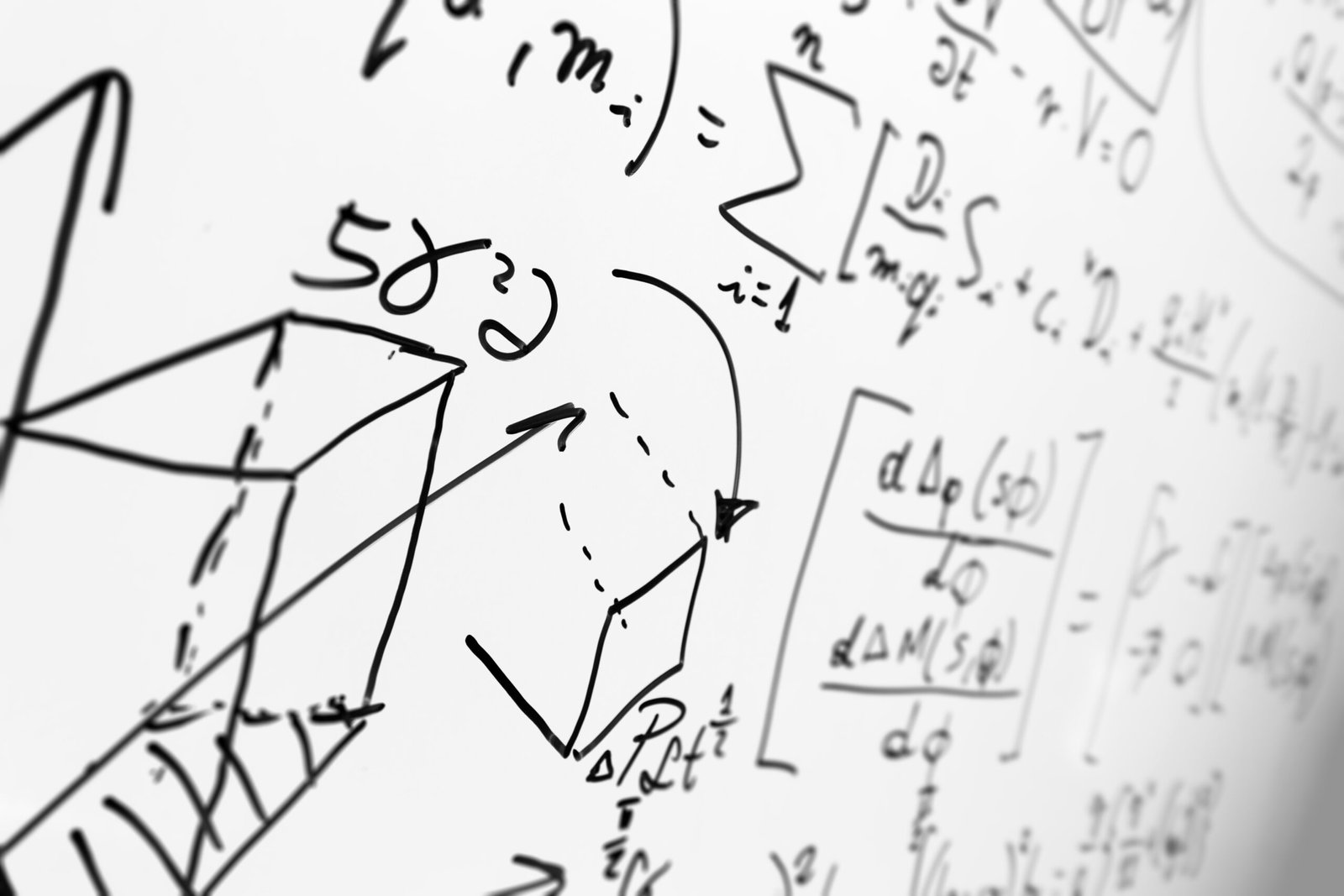In the world of mathematics, certain concepts seem abstract or irrelevant to daily activities. However, understanding modal math is a powerful tool that can make life simpler in various practical ways. Modal math, also known as the mode in statistics, refers to the most frequently occurring number in a set of data. While this may seem like a concept reserved for the classroom, its applications stretch far beyond academic settings and can be used in everyday life.
Importance of Knowing Modal Math
One of the main reasons it’s important to know modal math is its relevance in decision-making. Take, for example, choosing the most common product size when shopping or determining the best-selling product in a store. By calculating the mode, you can easily identify the most popular or frequent option, allowing for more informed choices. This type of insight is valuable whether you are shopping for groceries, selecting a course, or even choosing a restaurant based on customer feedback.
Furthermore, modal math plays a crucial role in analysing trends. If you’re looking at survey results or polling data, the mode gives you the most common response. This is especially important in fields such as marketing, business, and social research. Companies, for instance, use modal math to understand customer preferences and tailor their offerings accordingly. By identifying patterns in data, individuals and organisations can make decisions that align with the majority’s choices.
Moreover, modal math can help simplify complex scenarios. For example, in traffic analysis, understanding the most common traffic patterns can help with route planning. This is not only beneficial for individuals trying to avoid congestion but also for local governments when deciding where to build infrastructure or improve public transport routes.
Even in a classroom setting, understanding the mode helps students grasp how data can be interpreted straightforwardly. It helps learners make sense of sets of data and extract meaningful conclusions without the complexities of other statistical measures like mean or median. This makes modal math an essential skill that can benefit students long after they leave school.
In conclusion, knowing how to calculate and apply modal math is a skill that offers tangible benefits across many aspects of life. From shopping choices and business decisions to understanding trends in data, the ability to calculate the mode gives individuals the tools to make smarter, more informed decisions. Whether you’re a student, a professional, or just someone looking to make better choices, modal math is an indispensable part of everyday life.
